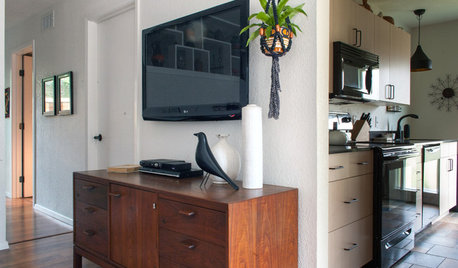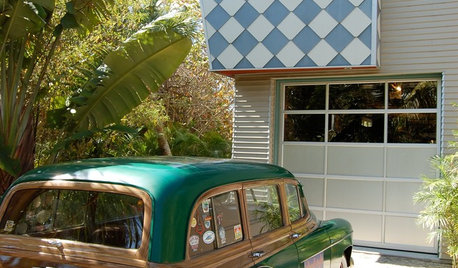Need to move large Azalea
favabeans
16 years ago
Featured Answer
Sort by:Oldest
Comments (6)
morz8 - Washington Coast
16 years agolast modified: 9 years agorhodyman
16 years agolast modified: 9 years agoRelated Professionals
Maple Valley Landscape Architects & Landscape Designers · Saint Matthews Landscape Architects & Landscape Designers · Wixom Landscape Architects & Landscape Designers · Newcastle Landscape Architects & Landscape Designers · Clermont Landscape Contractors · Battle Ground Landscape Contractors · Canyon Lake Landscape Contractors · Concord Landscape Contractors · Goodlettsville Landscape Contractors · Middletown Landscape Contractors · New Braunfels Landscape Contractors · Peachtree City Landscape Contractors · Royal Oak Landscape Contractors · Tavares Landscape Contractors · Vashon Landscape Contractorstumblenes
16 years agolast modified: 9 years agorhodyman
16 years agolast modified: 9 years agoDebbie Sane
7 years ago
Related Stories

LIFETips for Moving Into a Smaller Space
Downsize with less compromise: Celebrate the positive, pare down thoughtfully and get the most from your new home
Full Story
SMALL KITCHENS12 Genius Design Moves for Small Kitchens
These space-enhancing tricks can make compact cooking zones look and feel larger
Full Story
ENTERTAININGEntertaining Arrangements: Move the Party Indoors
Switch around your furniture into multiple seating areas for fun and flexible party spaces
Full Story
DECORATING GUIDESMove Over, Neutral Sofa — Here Comes Color
Sometimes it makes sense to ignore the conventional wisdom about furniture and make a bold, colorful statement
Full Story
LIFEThe Moving-Day Survival Kit: Lifesaving Items and Niceties
Gather these must-haves in advance for a smooth move and more comfortable first days in your new home
Full Story
MOVINGRelocating? Here’s How to Make the Big Move Better
Moving guide, Part 1: How to organize your stuff and your life for an easier household move
Full Story
MOVING10 Rooms That Show You Don’t Need to Move to Get More Space
Daydreaming about moving or expanding but not sure if it’s practical right now? Consider these alternatives
Full Story
LIFERelocating? Here’s How to Make Moving In a Breeze
Moving guide, Part 2: Helpful tips for unpacking, organizing and setting up your new home
Full Story
MOVINGRelocating Help: 8 Tips for a Happier Long-Distance Move
Trash bags, houseplants and a good cry all have their role when it comes to this major life change
Full Story
LIFE10 Best Ways to Get Organized for a Big Move
Make your next move smooth, short and sweet with these tips for preparing, organizing and packing
Full StorySponsored






favabeansOriginal Author